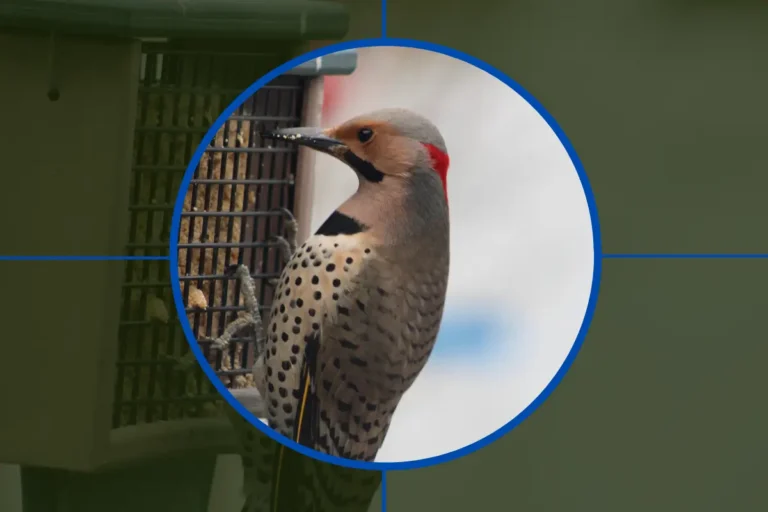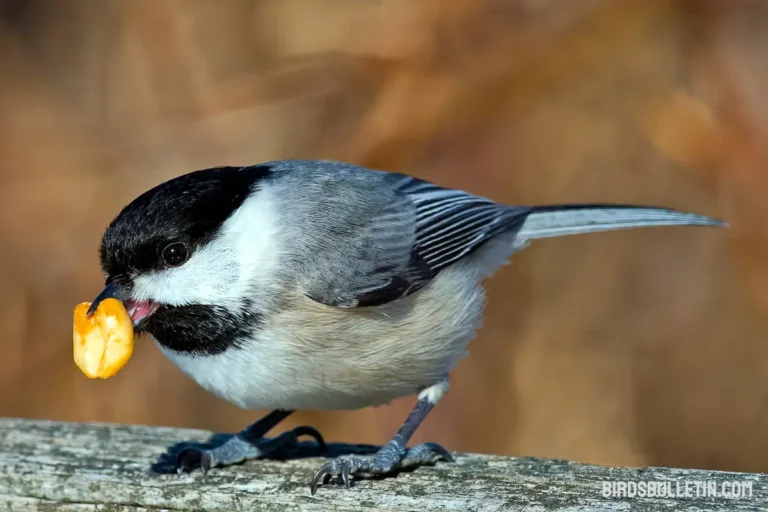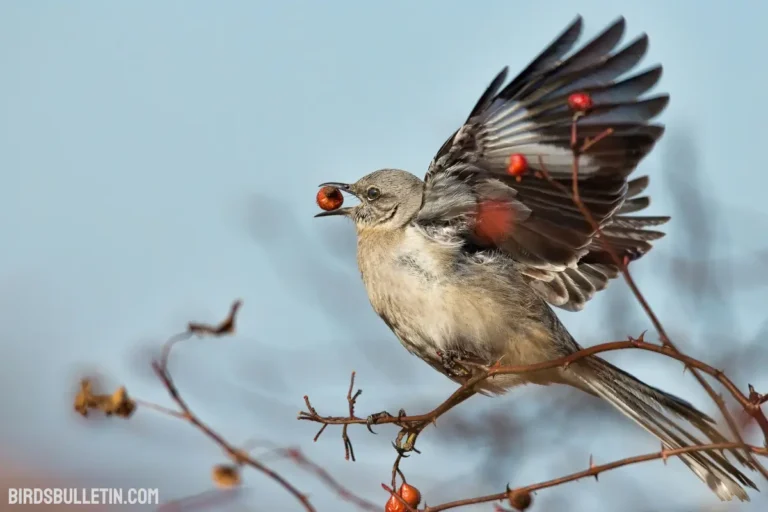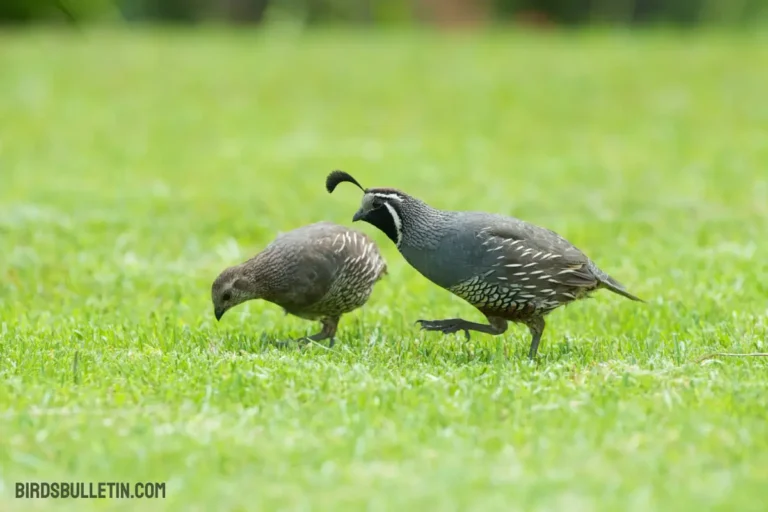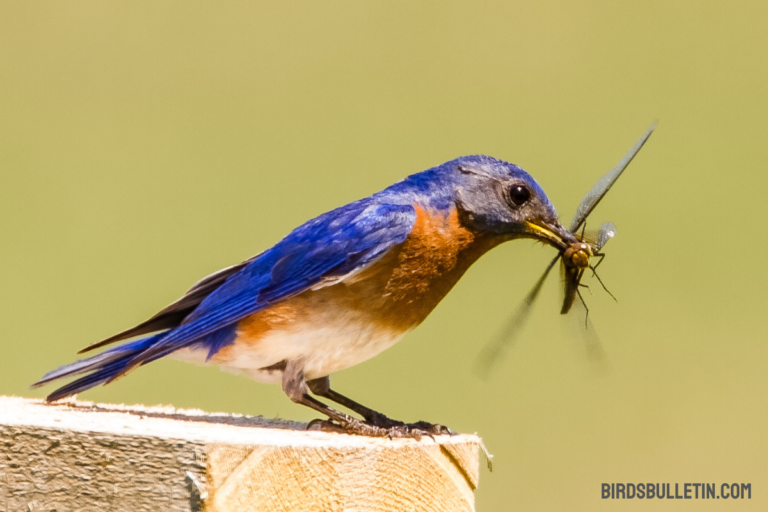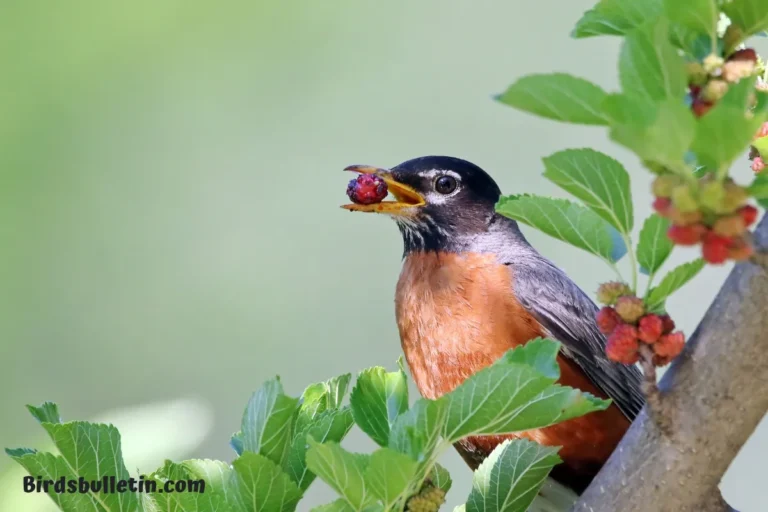What Do Purple Finches Eat?
Nestled among the vibrant hues of North America’s woodlands, the Purple Finch (Haemorhous purpureus) stands out not only for its striking plumage but also for its eclectic taste in food. This small songbird, with its distinctive rosy-red coloring, is a culinary connoisseur in the avian world.
In this article, we’ll explore the diet of the Purple Finch, from its favorite foods to how it gathers its meals and what sustains it through the harsh winter months.
Table of Favorite Foods
| Food Item | Description |
|---|---|
| Sunflower Seeds | A staple in the Purple Finch’s diet, packed with energy |
| Insects | A protein-rich delight found during warmer months |
| Berries | Sweet and nutritious, a seasonal treat for the finch |
| Thistle Seeds | Tiny but mighty, these seeds are a finch favorite |
| Fruits | Apples, cherries, and grapes add variety to the menu |
Want to learn more about birds’ food and diet
How They Gather Food?
Purple finches employ a variety of foraging tactics and adaptations to find food in their habitat. These sociable birds feed in small flocks, communicating vocally to locate fruiting trees and concentrated food sources.
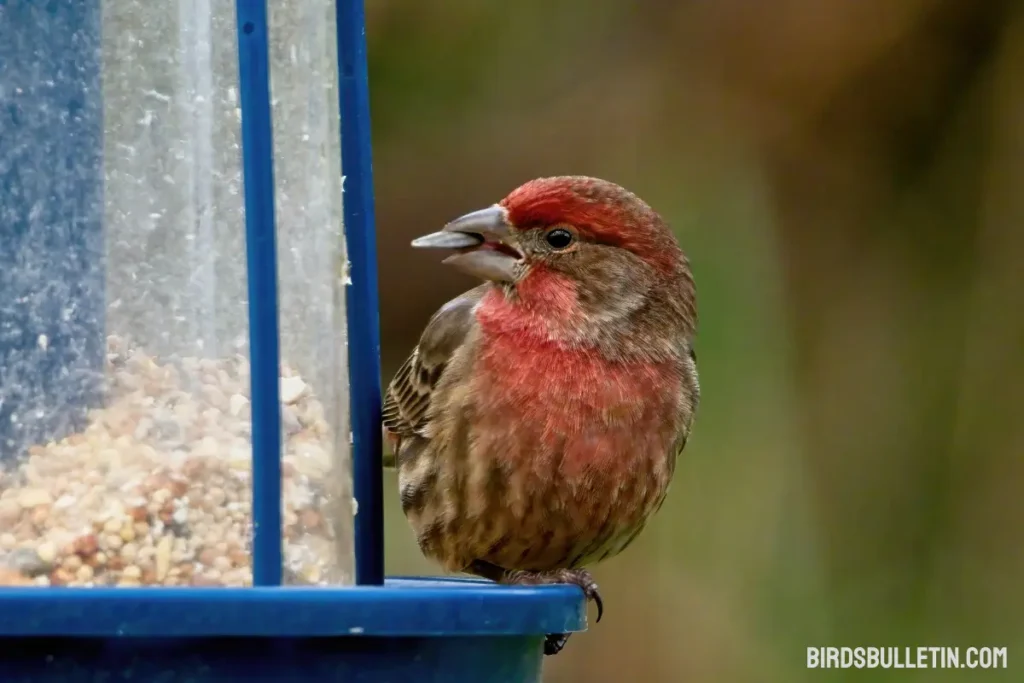
Foraging Behaviors
- Hop along the ground picking up fallen seeds and fruits
- Perch on swaying branches and pluck fruits and seeds
- Hang upside down to reach cones and seed heads
- Hawk flying insects in aerial sallies from perches
- Skim surfaces of vegetation to pick insects
- Probe flower and leaf buds for insects
- Drink sap oozing from sapsucker drill holes
- Flock together to take advantage of local food bonanzas
Specialized Feeding Adaptations
Purple finches have several key adaptations that allow them to thrive on seeds, buds, sap, and fruit:
Cone-Shaped Beak: Their short, conical beak efficiently cracks hard shells to access nutritious seeds. The beak also aids in bud scale removal.
Brush-tipped Tongue: Fringed tongues allow purple finches to lap and suck sap from sapsucker holes and ingest flower nectar/pollen.
Strong Jaws: Sturdy jaw muscles provide biting pressure to break into fruits and heavy cones. The upper half of the beak overlaps the lower half.
Zygodactyl Feet: Two toes face forward and two backward for grip strength, balance, and dexterity on branches and stalks. Helps them cling acrobatically while feeding.
Keen Vision: Excellent long-distance eyesight aids in detecting fruit trees loaded with berries from afar and pursuing insects on the wing.
By foraging socially and using a suite of specialized tools, purple finches are well-equipped to exploit food sources across North America in all seasons.
Winter Dining
In their wintering range, purple finches rely more on bird feeders to supplement natural food sources like seeds, fruits, and buds. Favored winter finch feed includes:
- Black oil sunflower seeds
- Nyjer thistle
- Suet cakes or bits
- Peanut hearts
- Fruit bits
At northern latitudes with heavy snow, purple finches depend on conifer trees – eating bud scales and seeds of hemlock, spruce, fir, pine, and tamarack. Flocks seek out fruit-bearing shrubs like sumac, rose hips, and bittersweet.
What do Their Babies eat?
When Purple Finch chicks hatch, their diet primarily consists of protein-rich insects. The parent finches tirelessly forage for caterpillars, spiders, and other small invertebrates to nourish their hungry offspring.
As the chicks grow, seeds gradually become a more significant part of their diet. This transition reflects the parents’ careful attention to the nutritional needs of their young, ensuring a healthy and balanced development.
Frequently Asked Questions
01. Can Purple Finches eat from regular bird feeders?
Yes, Purple Finches readily visit bird feeders, particularly those stocked with sunflower seeds, thistle seeds, and other small seeds. Providing a variety of seeds and maintaining a clean feeding area will attract these colorful visitors.
02. Do Purple Finches migrate during the winter?
While some Purple Finches migrate to warmer regions during the winter, others stay in their breeding areas. The migration pattern can vary based on factors such as food availability and weather conditions.
03. Are Purple Finches aggressive towards other birds at feeders?
Purple Finches can be territorial, especially during the breeding season. At bird feeders, they may assert dominance, but they generally coexist with other bird species.
04. Do Purple Finches drink water, or do they obtain enough moisture from their food?
While Purple Finches can extract some moisture from their food, they still require water for drinking and bathing. Providing a bird bath or shallow water source can attract these birds to your backyard.
Conclusion
In conclusion, purple finches are adaptable omnivorous birds that get nutrition from seeds, fruits, buds, nectar, sap, pollen, insects, and spiders. Their hearty appetites fuel an energetic lifestyle across North America throughout the seasons. Offering a diversity of foods at backyard feeders will satisfy hungry migrant purple finches.


